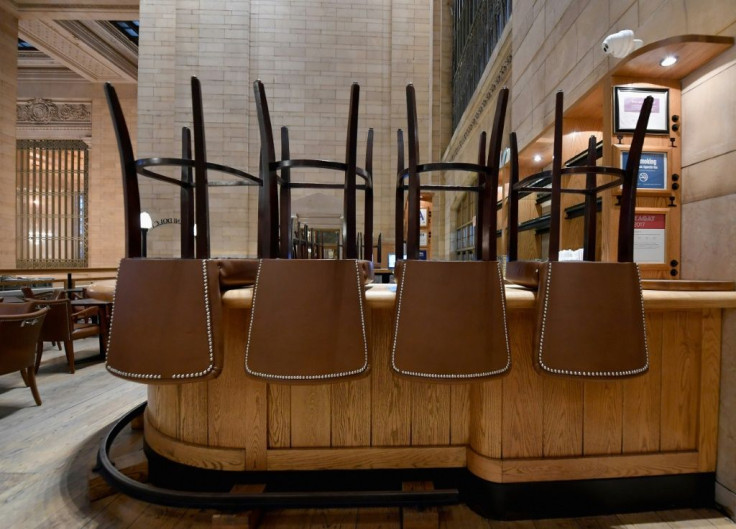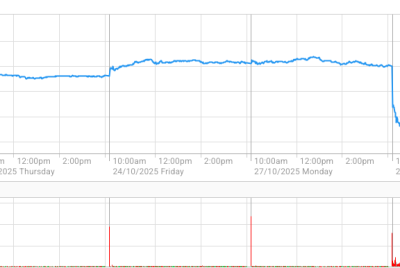Business Insolvencies Hit 3-Year High, Hospitality And Construction Sectors Struggle Most: Report

A new report has revealed that business insolvencies have surged to their highest level since October 2020, with the hospitality and construction sectors being the hardest hit, largely driven by escalating cost-of-living pressures on households.
The rate of business failure increased to 5.04% in October, the highest level since the peak of the COVID-19 pandemic in 2020, when it was 5.08%. Meanwhile, the annual insolvencies recorded about 25% higher than before the pandemic, according to the figures by debt-monitoring firm CreditorWatch, ABC News reported.
"When you talk about the cost of doing business, a lot of smaller businesses face the same sort of pressure that consumers do with electricity prices, insurance, rentals, [and] minimum wage increases, so they've also seen their costs of doing business go up a lot," chief economist at CreditorWatch Ivan Colhoun said. "Together with some greater caution in discretionary spending and softness in interest-rate-sensitive sectors of the economy, this unsurprisingly has led to higher voluntary business closures and some rise in insolvencies."
Three main reasons were commonly attributed to business closures -- the rising cost of living expenses, the increasing cost of doing business, and the Australian Taxation Office's efforts to recover AU$35 billion in outstanding tax debts.
The hospitality sector experienced the highest number of business insolvencies in the year leading up to October, with an average failure rate of 8.5%. The sector's failure rate was expected to rise by 9.1% over the next 12 months.
The forecast aligns with the ABS Household Spending Indicator for September, which showed a 1.7% drop in visits to and sales at hotels, cafes, and restaurants compared to a year ago. Sales in the tobacco and alcohol sector were even weaker, down by 16.6% year-on-year in volume terms, reported News.com.
Colhoun noted that businesses had yet to feel the full impact of the stage 3 tax cuts introduced on July 1, which could help ease some pressures on them.
Dubbed a tax cut for all, the revamped system reduced the 19% tax rate to 16%, lowered the 32.5% rate to 30%, and increased the thresholds for the 37% and 45% tax brackets.
With a 12-month average failure rate of 5.3%, the construction sector had the second-highest business insolvency rate, though it seemed to be "levelling out," the report stated.
As the hospitality and construction sectors recorded the highest number of businesses with outstanding debts to the tax office and the highest tax default rates, their financial stability was further restricted. Meanwhile, business-to-business payment defaults continued to rise, with arrears increasing across most sectors, signaling that more businesses were struggling to pay their bills, the report noted.
CreditorWatch chief executive Patrick Coghlan said that while inflation might have stabilized, businesses were still hoping for a cut in interest rates.
"Businesses desperately need interest rates to come down so households have some relief from cost-of-living pressures and start spending more," he stated.
It also seemed unlikely that the Reserve Bank of Australia will reduce interest rates at its final meeting in December. Rates have been held steady at 4.35% since November last year, with most economists expecting the first cut only in 2025.
Despite inflation falling to 2.8% in the September quarter, unemployment remained steady at 4.1% in October, even with the rise in business closures. Colhoun noted that the economic outlook would be shaped by both large and small business failures, together with the demand for labor.
© Copyright 2025 IBTimes AU. All rights reserved.





















